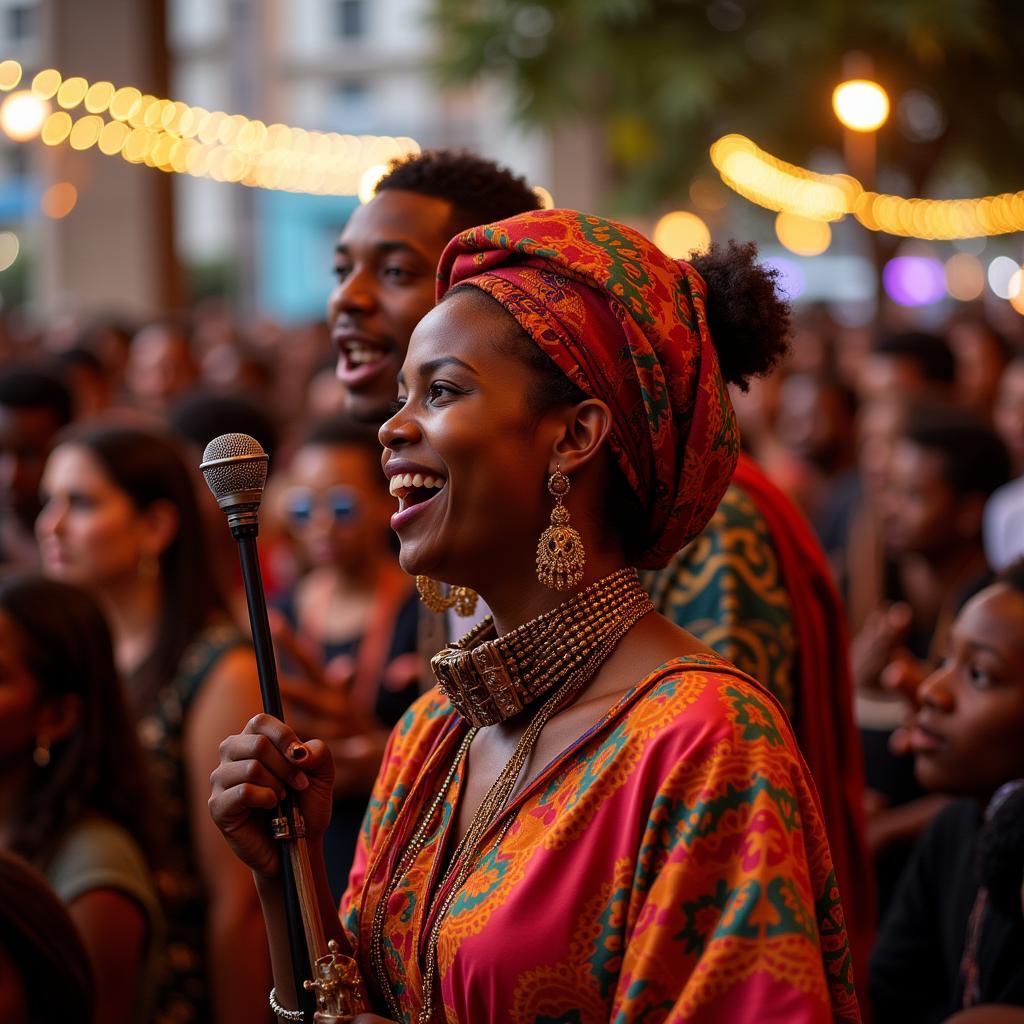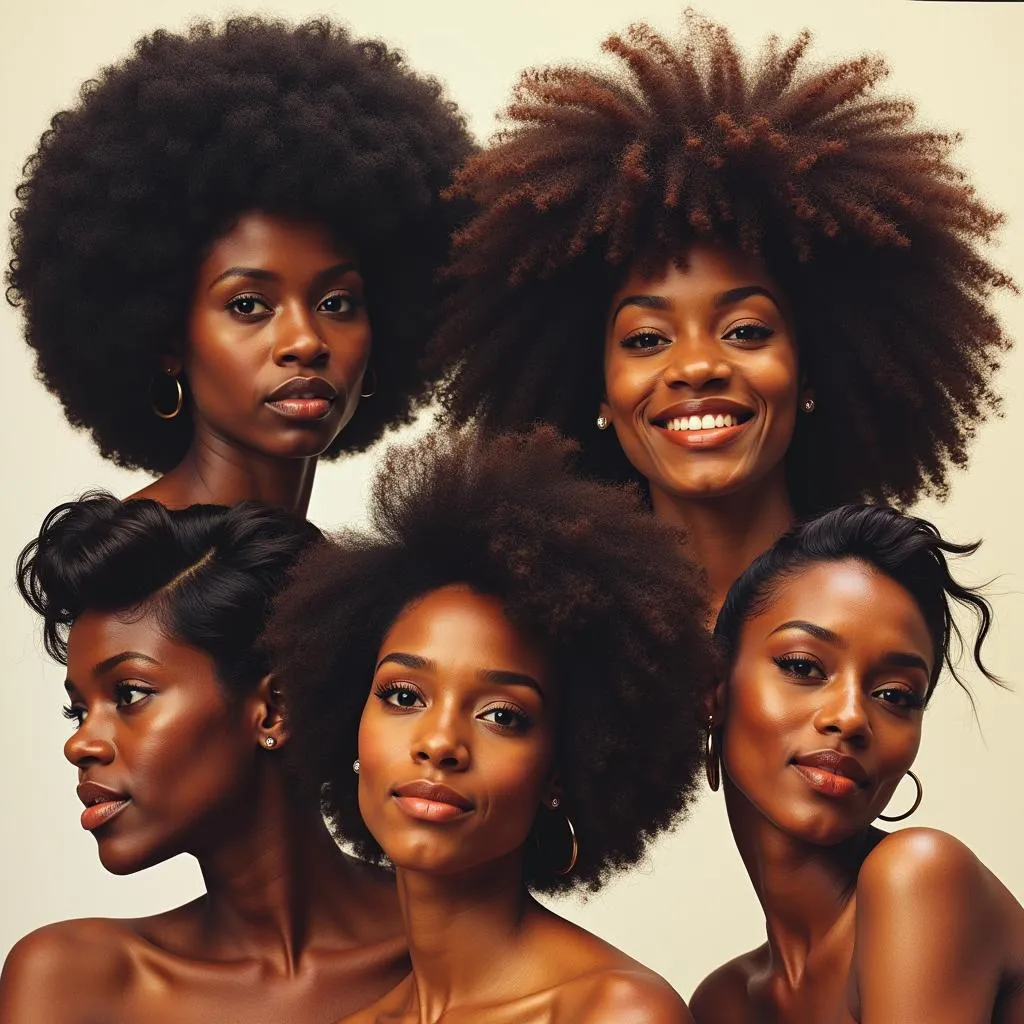The Beauty of Bicolor: Exploring the Rich History and Significance of African Jewelry
African jewelry is a vibrant tapestry woven with centuries of tradition, cultural expression, and masterful craftsmanship. From the intricate beadwork of the Maasai to the bold gold ornaments of the Ashanti, each piece tells a story of heritage, status, and personal identity. But within this diverse landscape, one particular style shines brightly: bicolour jewellery.
What is Bicolor Jewelry?
As the name suggests, bicolour jewellery is a type of adornment that incorporates two contrasting colours. These colours can be derived from natural materials like gemstones, wood, or even animal bones, or they can be created through the skillful manipulation of metal alloys. The interplay of these colours creates a visual richness that is both captivating and meaningful.
The Significance of Bicolor in African Culture
The use of bicolour is not merely an aesthetic choice; it holds deep cultural significance across various African communities. Here are some prominent examples:
- Red and Black: These colours are often associated with power, strength, and royalty. In many cultures, they symbolize the blood of ancestors and the earth, representing both the physical and spiritual realms.
- Gold and Silver: This combination represents wealth, prosperity, and social status. Gold, often associated with the sun, symbolizes life and vitality, while silver embodies the moon, representing serenity and wisdom.
- Blue and Green: These colours are commonly found in jewellery from coastal communities, representing the sea and sky. They symbolize hope, fertility, and the connection to nature.
The Art of Bicolor Jewelry Making
The creation of bicolour jewellery is a testament to the ingenuity and artistry of African artisans. Traditional techniques, passed down through generations, involve a range of materials and processes:
- Beadwork: Skilled beadworkers use a variety of beads – made from glass, shell, wood, or even seeds – to create intricate patterns and designs. Bicolor beadwork often involves alternating colours to create striking visual effects.
- Metalwork: Metals like gold, silver, bronze, and copper are skillfully crafted into necklaces, bracelets, earrings, and rings. Bicolor metalwork can be achieved through the use of different alloys or through the combination of different metals.
- Carving: Wood and bone are often carved into delicate pieces, incorporating bicolour designs through the use of different woods or by staining or painting different sections.
The Symbolism of Bicolor Jewelry
Beyond their aesthetic appeal, bicolour jewellery often carries specific symbolic meanings. For example:
- Red and Black: A necklace with red and black beads might symbolize a warrior’s courage and strength, or it could be worn as a symbol of mourning for a lost loved one.
- Gold and Silver: A bicolour bracelet incorporating gold and silver might represent the balance between the masculine and feminine energies.
- Blue and Green: A necklace featuring blue and green stones could symbolize a connection to the ocean and the blessings of the sea.
“The use of bicolour in African jewellery is a testament to the artistry and creativity of the continent. It goes beyond simply adding colour; it infuses each piece with rich cultural significance, reflecting the beliefs, values, and stories of the people who wear them.” – Dr. Amina Rashid, Cultural Anthropologist
Bicolor Jewelry: A Legacy of Beauty and Meaning
Bicolor jewellery remains an integral part of African cultures, connecting the past with the present. It serves as a reminder of the continent’s rich history, its diverse traditions, and the enduring power of art and craftsmanship. As you admire the intricate designs and vibrant colours of bicolour jewellery, remember that each piece is a unique story, a testament to the beauty and resilience of African heritage.



